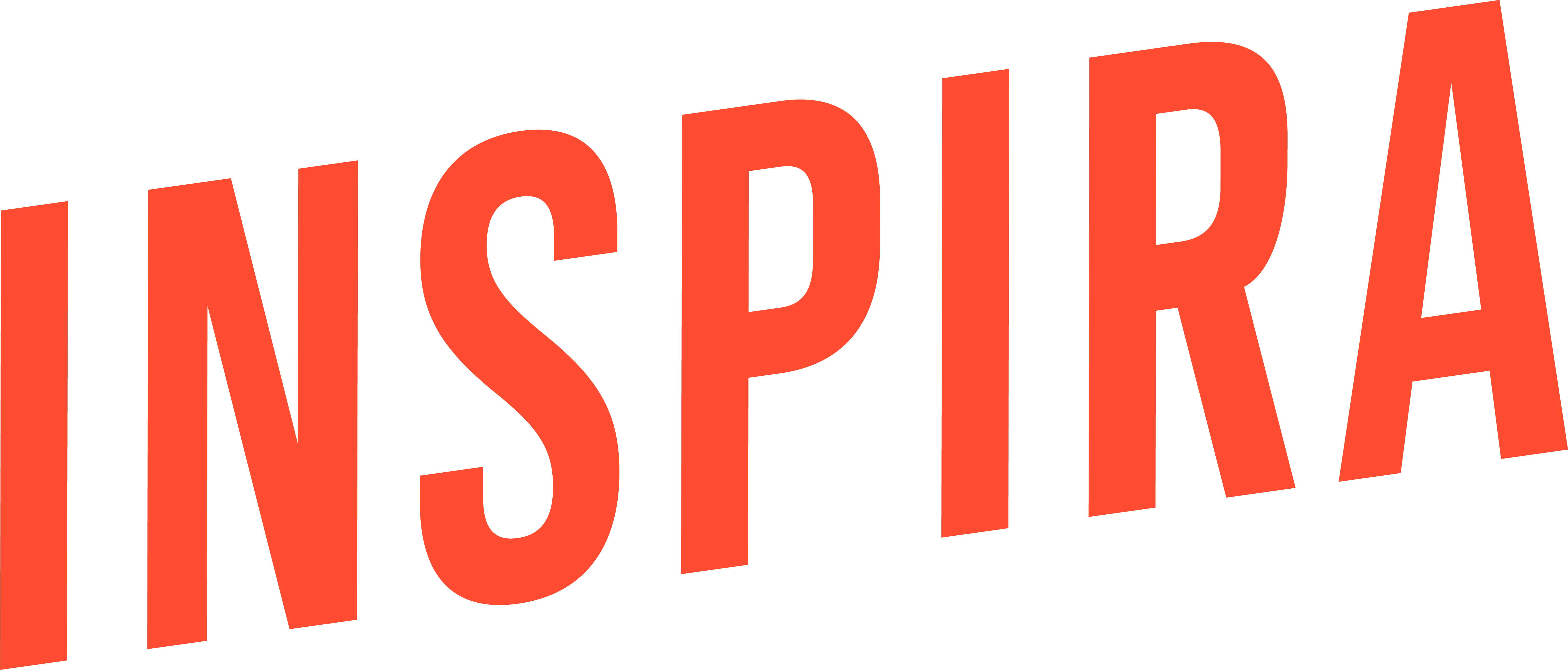As the calendar flips into August, the typical excitement that accompanies back-to-school season has given way to widespread uncertainty. Parents are grappling with concerns about the quality of their children’s education, their social development, and the health of family members. Meanwhile, schools are deliberating whether to continue education in-person, online, or some combination of the two.
That decision on how schools proceed with education this fall will have an enormous impact on back-to-school shopping season. Of those who expect their children to start school from home, many will need to buy electronics and furnishings to accommodate remote learning. That’s why estimates from the National Retail Federation indicate that total spending for K-12 and college back-to-school will surpass $100 billion for the first time in 2020. Below, we highlight three things you need to know about consumer sentiment and purchase plans around the return to school.
No Two Schools are Alike
Morning Consult surveyed parents across the country to understand their concerns about the return to school, and there are key differences in the hierarchy of concerns among parents of different age groups.
| Parents' Concerns Regarding Return to School | |||||
| Quality of Education | Family's Health | Social Development | Economic Situation | Family's Mental Health | |
| Pre-School / Grade School | 90% | 84% | 85% | 75% | 77% |
| Middle / High School | 88% | 81% | 78% | 73% | 73% |
| College | 77% | 86% | 59% | 76% | 73% |
Most notably, parents of pre-school or elementary school students have the highest degree of concern over quality of education and their child’s social development. Meanwhile, parents of college students express the most concern over their family’s health and economic situation.
Economic Impact of Remote Learning
If schools don’t allow students to return to campus, it’s clear that there will be ripple effects on other areas of spending for families. The chart below shows where parents expect spending to fluctuate in the event of remote learning:
| Change in Spending Due to Remote Learning | |||
| Less | Same | More | |
| Groceries | 4.0% | 39.0% | 57.0% |
| Toys / Books / Games | 7.0% | 40.5% | 52.5% |
| Health / Wellness | 4.5% | 52.5% | 43.0% |
| Computers / Tablets | 13.0% | 51.5% | 35.5% |
| Restaurants | 54.0% | 37.0% | 9.0% |
| Trips / Vacations | 69.0% | 24.5% | 6.5% |
The results of the survey are largely intuitive. Categories like groceries, toys, and electronics are goods that typically are used within the home. On the other end of the spectrum, categories like restaurants and travel/vacation reflect more discretionary purchases that lose out to greater needs when finances are tighter.
What They’re Buying
While 30% of respondents to a National Retail Federation survey don’t anticipate receiving their shopping lists until the end of August, the rest are adjusting to a different set of needs. Of those expecting their children to learn from home, 72% say they’ll need to buy items like computers or home furnishings. In particular, these are the top items in need for those planning for e-learning.
| Top Items for Remote Learning | |
| Laptop | 36% |
| Speakers / Headphones | 22% |
| Electronic Accessories | 21% |
| Workbooks | 17% |
| Desk or Chair | 17% |
| Calculator | 17% |
| Printer | 17% |
| Tablet | 15% |
As parents across the country plan for a school year that projects to be different than any other, it's imperative for brands to acknowledge their concerns and communicate in an empathetic manner. If your brand is looking to connect with families this back-to-school season, contact us today.
Sources: "Back-to-School 2020 Data Center." National Retail Federation (2020), "School Shutdowns: 52% of Parents Plan to Spend More." mfour (2020), "As Pandemic Stretches into the School Year, Parents Report High Concerns Over Children's Education, Family Health." Morning Consult (2020).

